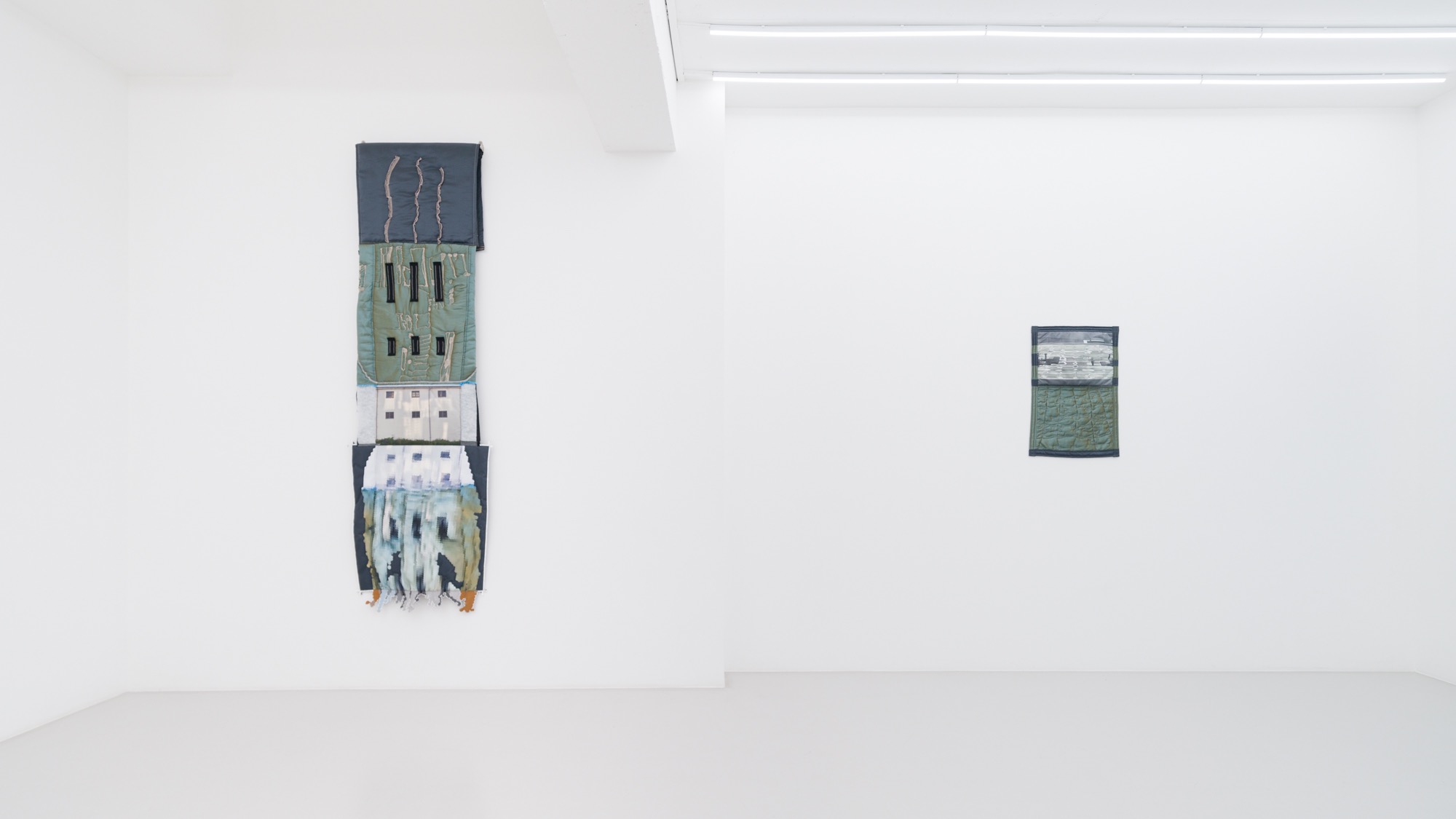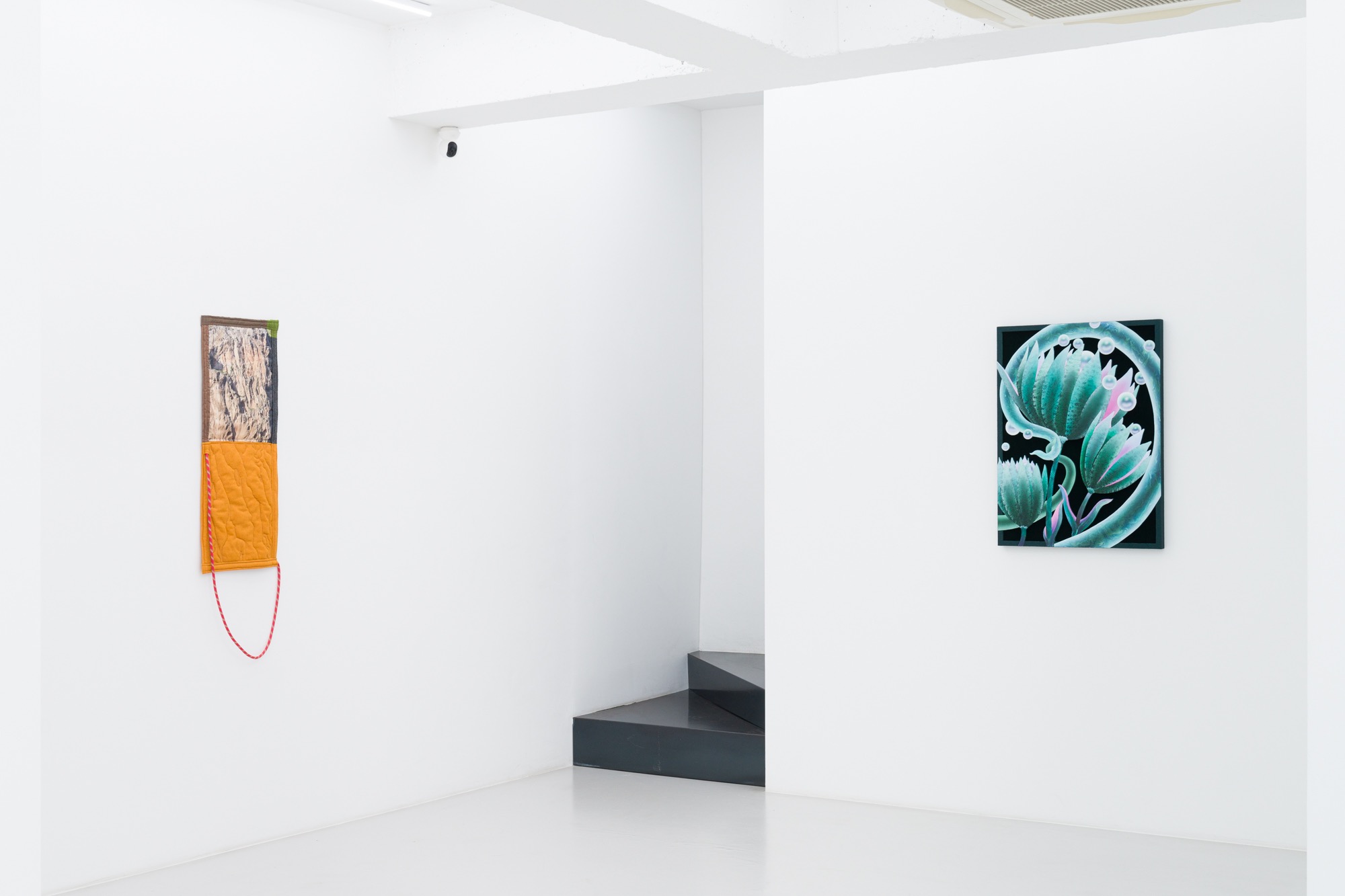
| Period| | 2023.10.06 - 2023.11.11 |
|---|---|
| Operating hours| | 12:00 - 19:00 |
| Space| | This weekend room |
| Address| | 30, Hannam-daero 42-gil, Yongsan-gu, Seoul, Korea |
| Closed| | Mon, Tue, Sun |
| Price| | Free |
| Phone| | 070-8868-9120 |
| Web site| | 홈페이지 바로가기 |
| Artist| |
아담 보이드, 이채원, 메블라나 립, 박예림
|
정보수정요청



|
|
Exhibition Information




What you see, haven’t seen, and unseen are gathered to build up each individual’s reality. The four performers temporarily gathered here seek the concealed nature between the urban environment and the dense media layers. The exhibition title, ‘To the Edge of Scenery,’ metaphorically represents the perspectives of Adam Boyd, Chaewon Lee, Mevlana Lipp, and Rim Park, who highlight the current landscape using symbolically meaningful lenses with different refractive indices. Each artist observes fragments of the universe with varying shapes from their respective positions to destroy what was considered to be the definitive and translate it into transient images. Adam Boyd transforms images multiple times to reinterpret the poetic landscape from reality. Digital lenses such as LiDAR scanners collect information that exceeds what human eyes can perceive simultaneously. The city and suburban landscapes are transformed and stored through technology extended from his body, selectively edited, and moved onto fabric from a monitor screen. From this point, a considerable amount of physical labour is required. The artist manually connects fabrics with various colors and texture, which turns into images between figuration and abstraction. Different fabrics are combined along the stitches made by the artist, creating undulations in the material. Adam’s artisanal language, like patchwork and quilting, resembles the principles of composing multiple worlds connected through irregular seams. The entire process of cutting, threading, piercing, and layering implies the artist’s continual questioning of a singular and solid perception. Chaewon Lee often peers at the appearance of stars wandering through the night sky with a telescope. The world Lee depicts is an unknown, untouched place or somewhere no one can ever reach. In the three pieces of the frame filled with darkness deeper than black, there are creatures with white wrinkles as if born from the earth on the vast expanse of a snowfield.Stars and planets embedded in the crystal clear sky illuminate the earth creating a breathtaking scene. Her paintings are picturesque and ideal like a dream, but at the same time, they evoke sharp landscapes that human beings may have destroyed or already erased. Lumps of snowballs and clouds, unknown tiny wildflowers, deserts and lakes cross between these creatures. The artist names this mysterious series of paintings as the minimum and last landscapes, where humanity and the ecosystem have been eliminated, hoping that the dramatic scenes she creates will serve as a vent for the crisis and collision the earth is facing. Mevlana Lipp is captivated by the vastness of the cosmos and the mystery of natural substances. He finds the similarities between the biological characteristics of plants and humans. Just as plants root into the earth, grow buds, and connect with other creatures through the moisture in their petals, an individual also meets and connects with various others, going through cycles of birth and deathHe uses these similarities as the starting point of his work, cultivating the vitality of plants through imaginative narratives that leap beyond the horizons of reality. His work locates the boundary between painting and sculpture in terms of form, vividly filled with sharp and intense colors as if perceiving the energy inherent within objects like an infrared camera. Peeking through the flower calyxes, the self-illuminating flower buds, and the vines and leaves stretching from the center of the work to its edges are both romantic and fascinating but seem dangerous simultaneously. It symbolizes an awe-inspiring nature that infinitely transcends the realm of humanity. Rim Park subtly senses biological changes happening on the periphery of daily life and transforms them into the art form between painting and sculpture. Nature indicates vitality and activity that cannot be easily described with precise language. Park sometimes cultivates fungi herself, observing them through a microscope, and constructs her artistic language from the irregular energy they possess. Furthermore, those microorganisms become materials that influence the form and color of her artwork. The spots of fungi emerging through the paper are the foundation and soil of the surreal landscape. Delicate curves extending over perforated and discolored surfaces soon expand towards the edges of the screen, resembling the roots and stems of unknown plants with various thicknesses. Additionally, the intertwined silhouette of wavy wooden panels again resembles the movements of non-human entities or their shadows. What she creates is like a fragmented protocol that traces the operations of objects which evade the scope of cognition. Although each artist’s work has unique textures, thickness, and shapes, they share a common bond in embracing the nature they sense in their contemporary era. They keep reminding us that there is an infinitely vast world beyond here. The only thing that changes is its gravitational relationship between the world and human beings, within the rapidly changing physical conditions and its appearance and position. When we avert our eyes slightly more to the edge of scenery, many things missing, disappearing, or denying their existence could find a meaningful place in our lives. TextㅣJihyung Park (Curator, ThisWeekendRoom) (Source = ThisWeekendRoom)
